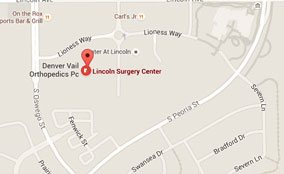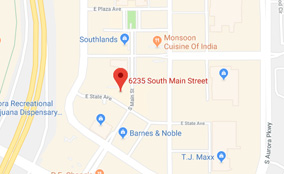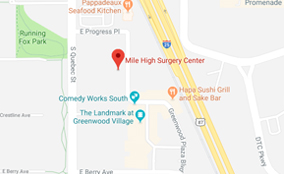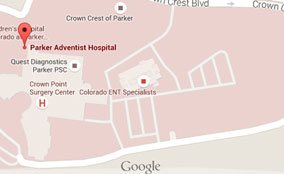Shoulder
Normal Anatomy of the Shoulder Joint
The shoulder is the most flexible joint in the body making it the most susceptible to instability and injury. It is a ‘ball-and-socket’ joint. A ‘ball’ at the top of the upper arm bone, humerus, fits neatly into a ‘socket’, called the glenoid, which is part of the shoulder blade, scapula.
How does the Shoulder joint work?
Find out more in this web based movie.
Rotator Cuff Tear
Rotator cuff is the group of tendons in the shoulder joint providing support and enabling wider range of motion. Major injury to these tendons may result in tear of these tendons and the condition is called as rotator cuff tear.
For more information about Rotator Cuff Tear, click on below tabs.
Shoulder Impingement
Shoulder impingement is the condition of inflammation of the tendons of the shoulder joint. It is one of the most common causes of pain in the adult shoulder. The shoulder is a ‘ball-and-socket’ joint. A ‘ball’ at the top of the upper arm bone, humerus, fits neatly into a ‘socket’, called the glenoid, which is part of the shoulder blade, scapula. Shoulder impingement is also called as swimmer’s shoulder, tennis shoulder, or rotator cuff tendinitis.
For more information about Shoulder Impingement, click on below tabs.
Shoulder Instability
Shoulder instability is a chronic condition that causes frequent dislocations of the shoulder joint. A dislocation occurs when the end of the humerus (the ball portion) partially or completely dislocates from the glenoid (the socket portion) of the shoulder. A partial dislocation is referred as subluxation, whereas the complete separation is referred
For more information about Shoulder Instability, click on below tabs.
Shoulder Dislocation
Playing more overhead sports activities and repeated use of shoulder at workplace may lead to sliding of the upper arm bone, the ball portion, from the glenoid–the socket portion of the shoulder. The dislocation might be a partial dislocation (subluxation) or a complete dislocation causing pain and shoulder joint instability. Shoulder joint often dislocates in the forward direction (anterior instability) and it may also dislocate in backward or downward direction.
For more information about Shoulder Dislocation, click on below tab.
Frozen Shoulder
Frozen shoulder, also called adhesive capsulitis is a condition characterized by pain and loss of motion in shoulder joint. It is more common in older adults aged between 40 and 60 years and is more common in women than men.
For more information about Frozen Shoulder, click on below tabs.
Shoulder Arthroscopy
Shoulder arthroscopy is a surgical procedure in which an arthroscope is inserted into the shoulder joint. The benefits of arthroscopy are smaller incisions, faster healing, a more rapid recovery, and less scarring. Arthroscopic surgical procedures are often performed on an outpatient basis and the patient is able to return home on the same day.
For more information about Shoulder Arthroscopy, click on below tabs.
Rotator Cuff Repair
Rotator cuff is the group of tendons in the shoulder joint providing support and enabling wider range of motion. Major injury to these tendons may result in tear of these tendons and the condition is called as rotator cuff tear.
For more information about Rotator Cuff Repair, click on below tabs.
Arthroscopic Stabilization of Shoulder
Arthroscopic stabilization is a surgical procedure to treat chronic instability of shoulder joint. The shoulder is the most flexible joint in our body making it more susceptible to instability and injury.
For more information about Arthroscopic Stabilization of Shoulder, click on below tabs.
Shoulder Joint Replacement
The shoulder is a highly movable body joint that allows various movements of the arm. It is a ball and socket joint, where the head of the humerus (upper arm bone) articulates with the socket of the scapula (shoulder blade) called the glenoid.
For more information about Shoulder Joint Replacement, click on below tabs.
Click on the topics below to find out more from the Orthopedic connection website of American Academy of Orthopaedic Surgeons.
- The Shoulder
- Arthritis of the Shoulder
- Arthroscopic Shoulder Surgery: Thermal Capsulorrhaphy
- Broken Collarbone
- Dislocated Shoulder
- Fracture of the shoulder blade (scapula)
- Frozen Shoulder
- Rotator Cuff Tears
- Separated Shoulder
- Shoulder Impingement (Bursitis, Tendinitis)
- Shoulder Joint Replacement
- Shoulder Joint Tear (Glenoid Labrum Tear)
- Thoracic outlet syndrome
- Shoulder Arthroscopy


















